Catholic Easter and Chocolate Bunny Tradition
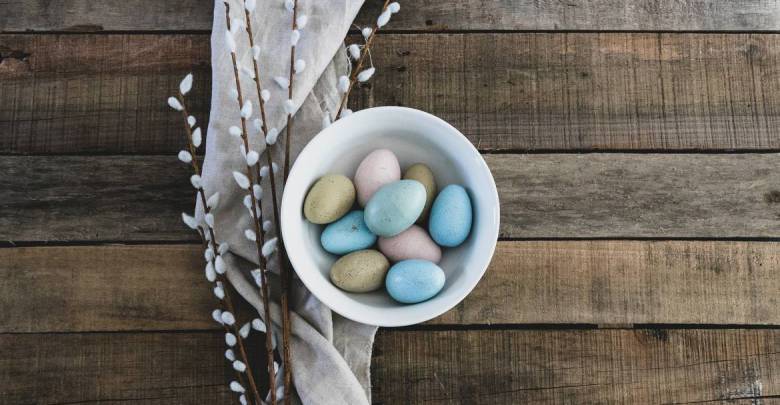
The History of Easter
The first mention of the celebration of Easter dates back to the 2nd century AD.
Easter has a number of traditions which vary from country to country: the witch’s “life or purse” in Sweden, the burning of a Judas Iscariot effigy in Venezuela, and chocolate egg hunts in Western Europe and the United States. The Catholics in the Bermudas launch vibrant kites into the air, symbolising the ascension of Jesus on Good Friday – the eve of Easter.
Easter is one of the most important religious holidays for Christians, who celebrate the resurrection of Jesus after his crucifixion. Recently Easter has become quite commercialised, particularly in Catholic countries. They have shops full of chocolate rabbits and colourful eggs. The Easter Bunny who shows up in the middle of the night is, of course, a must. He leaves baskets full of sweets to delight children on Easter morning.
But how did all these mountains of sweets and eggs come to be a part of this Catholic holiday?
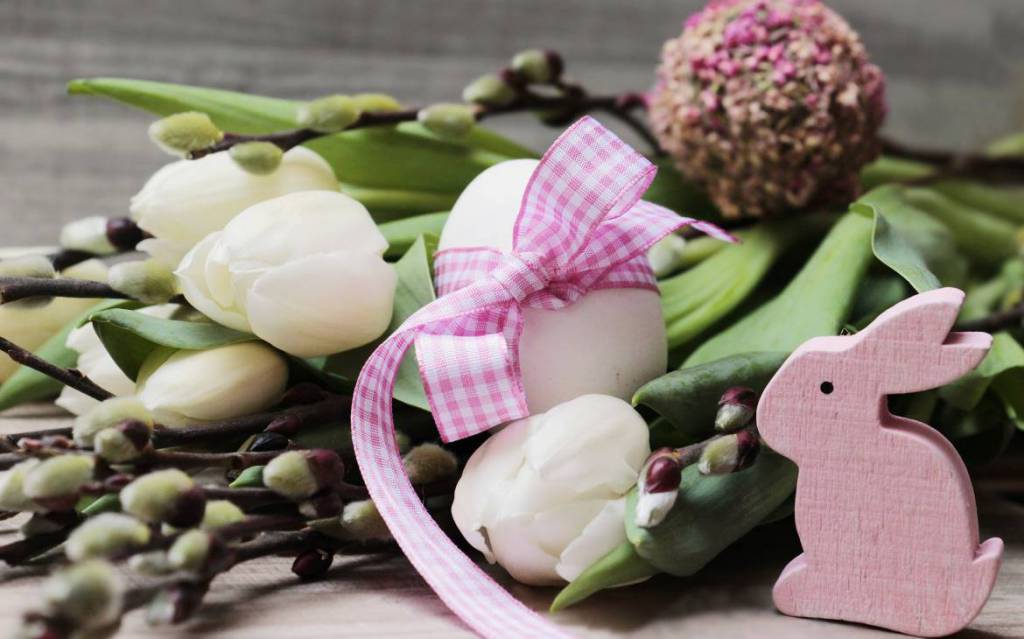
The Easter Bunny, a symbol of fertility and wealth, became the Easter symbol in Germany in the 16th century. Since then, the tradition has spread widely across Catholic countries. Some claim that the English word “Easter” is derived from “Eostre”, a pagan goddess of spring and abundance. According to folklore, Eostre encountered a bird that was dying of cold and turned it into a rabbit so that the fur would protect it from the frost. But the animal was not completely transformed, so even as a rabbit he managed to lay eggs like a bird.
He decorated the eggs as a gift to Eostre, to show her his devotion and love.
Perhaps it was this very legend that caused the rabbit and eggs to become so traditional for Easter.
There is yet another legend, but this one is related to the name of Mary Magdalene, the woman who was the first to see Jesus after the Resurrection. She was holding a plain egg in her hand while waiting for the emperor, to announce the happy news to him. The emperor then told her that the resurrection of Jesus was as improbable as that egg suddenly blushing. The egg then turned red.
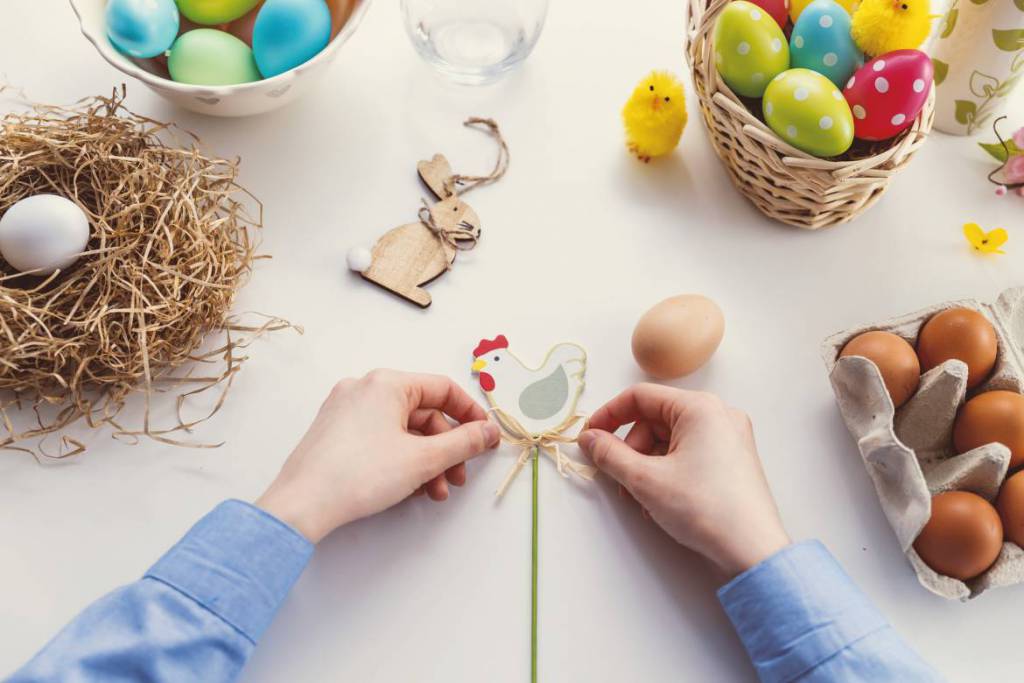
The 40 days prior to Easter are known to Christians as Lent. That’s when all Catholics begin preparing for the feast, by praying, meditating and making personal sacrifices. At this time believers abstain from meat, eggs and milk – all animal products. For many years Easter was called Egg Sunday in Western Europe, lifting a ban on eating eggs after a 40-day period of abstinence. Eggs were then sold in baskets and laid out in colourful straw, reminiscent of a bird’s nest.
So what does chocolate have to do with Easter? The tradition of chocolate eggs originated in the 19th century in France and Germany, and soon spread across the rest of Europe and even the United States. Children were told to make nests out of hats or baskets so that the Easter Rabbit could leave some special eggs for them.
Chocolate may have also become traditional as people were glad to finally enjoy themselves with the advent of Easter after abstaining during Lent.
One way or another, hunting for chocolate eggs came to be one of the most popular Easter amusements in all Catholic countries. Eggs are hidden in a garden or a park so that children can embark on their treasure hunt.
Easter is celebrated on a different day each year and there is no fixed date in either the Orthodox or Catholic tradition. The calculation of Easter day dates back to the reign of Emperor Constantine I. In 325, the Roman emperor assembled his bishops at the Nicaea Cathedral to decide on the Easter day celebration, one of the most heated Church disputes at that time. The council chose the first Sunday following the first full moon after the vernal equinox. And so has it been ever since.
Easter is also responsible for some major calendar changes in human history. By the 16th century, there came to be more high profile disputes among the theologians. The Roman Julian calendar was based on the solar year while Easter had more to do with the lunar cycle. It was thus moving further and further away from the vernal equinox. In order to reduce this gap, the Gregorian calendar was introduced by Pope Gregory XIII.
Protestant Europe, however, was absolutely opposed to such changes. In spite of it all, in 1752 the Gregorian calendar became official. In one day, the world moved 11 days ahead. After 2 September, 1752, people woke up straight away to September 14. The Orthodox Church, however, keeps to the Julian calendar to this day, and the same goes for its celebrations. That’s why most years there is a gap between the Orthodox and Catholic Easter celebrations. This year the Orthodox Church will celebrate Easter on the same day as the Catholic celebration, but this is not always the case.
On Sunday, April 17th, the Easter celebration will take place in Monaco, as in most Catholic states, including the hunt for chocolate eggs.
The Difference Between Catholic and Orthodox Easter Traditions
The Symbols of Easter
The Easter Bunny is the most popular Easter character in Western Europe. Children believe that he is the one who hides chocolate eggs and other gifts in their garden.
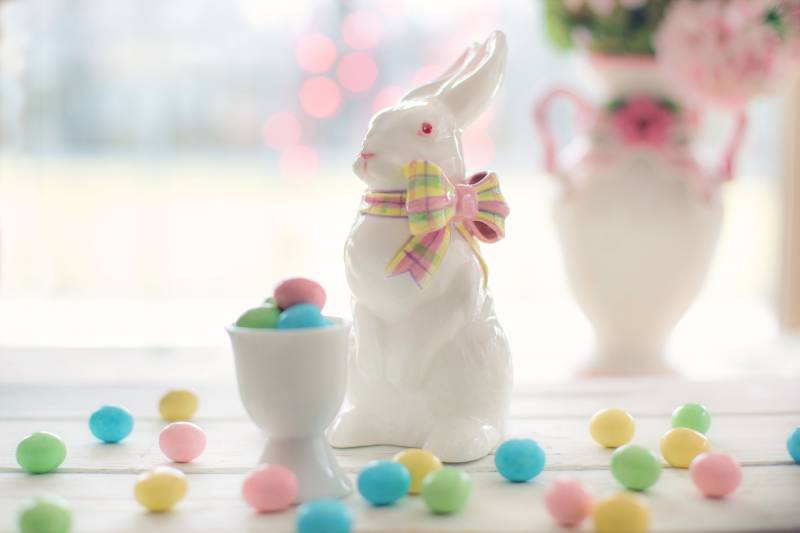
Russian folk tales also mention a bunny that brings all kinds of sweets to good children. More traditional Easter symbols, however, are chickens, ducklings, goslings and other small birds originating from an egg.
Easter Eggs and All That Goes With Them
Painting eggs and dipping them in different food colouring has been a long-standing Western tradition. Games involving Easter eggs are very popular too, such as “Easter Egg Hunts”. On the morning of Christ’s Resurrection children go out to collect chocolate eggs, wrapped and hidden away in their garden by loving parents. Chocolate eggs date back to the 19th century and are a must for any Easter celebration.
Eggs are a ritualistic dish in Russia treated with due respect. Only real eggs are used for the celebration, never chocolate ones.
White Willow and Palm Leaves
It is in the Western tradition to bring palm leaves to church on Easter day, in hope that life will triumph over death once again.
As for Orthodox Christians, they give preference to white willow rather than palm leaves.
Easter Pastry
Traditionally, Russian housewives bake sweet bread in a round shape, called Easter cake (“Kulich”). The loaf is usually topped with powdered sugar, sprinkled with bright caramel, and decorated with candied fruit. The dough contains several pieces of consecrated white willow.
Easter baking traditions differ from one Catholic country to the other. For example, it is customary to eat small cinnamon buns in Rome on the Resurrection day, decorated with fruit or powdered sugar crosses. Some Catholic countries bake “spikelets” with three coloured eggs inside, a symbol of the Holy Trinity. Others make fruit cake out of 11 marzipan balls, a symbol of the 11 faithful disciples of Jesus, to be served at the Easter table.
The Night Before Easter
A number of Easter fairs operate in European cities, selling crafts and goods. This is not at all typical for the Orthodox tradition. Orthodox Christians go to the church vigil on the eve of Easter.
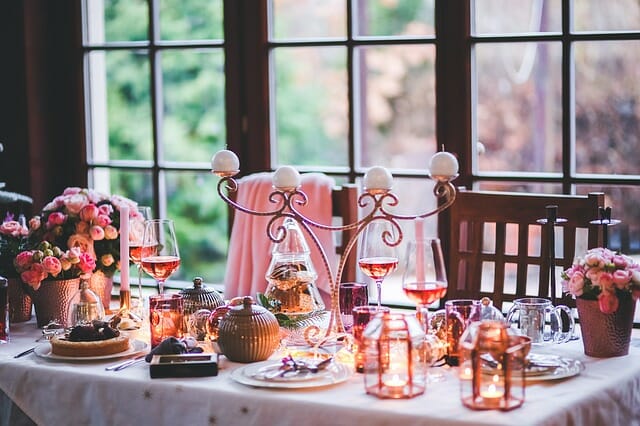
In short, though there are many traditions celebrated at Easter for different Christian denominations, for the Catholic tradition there is a particular focus on chocolate eggs and a bunny, both of which are likely to be spotted in the celebrations in Monaco this weekend.
Happy Easter!


